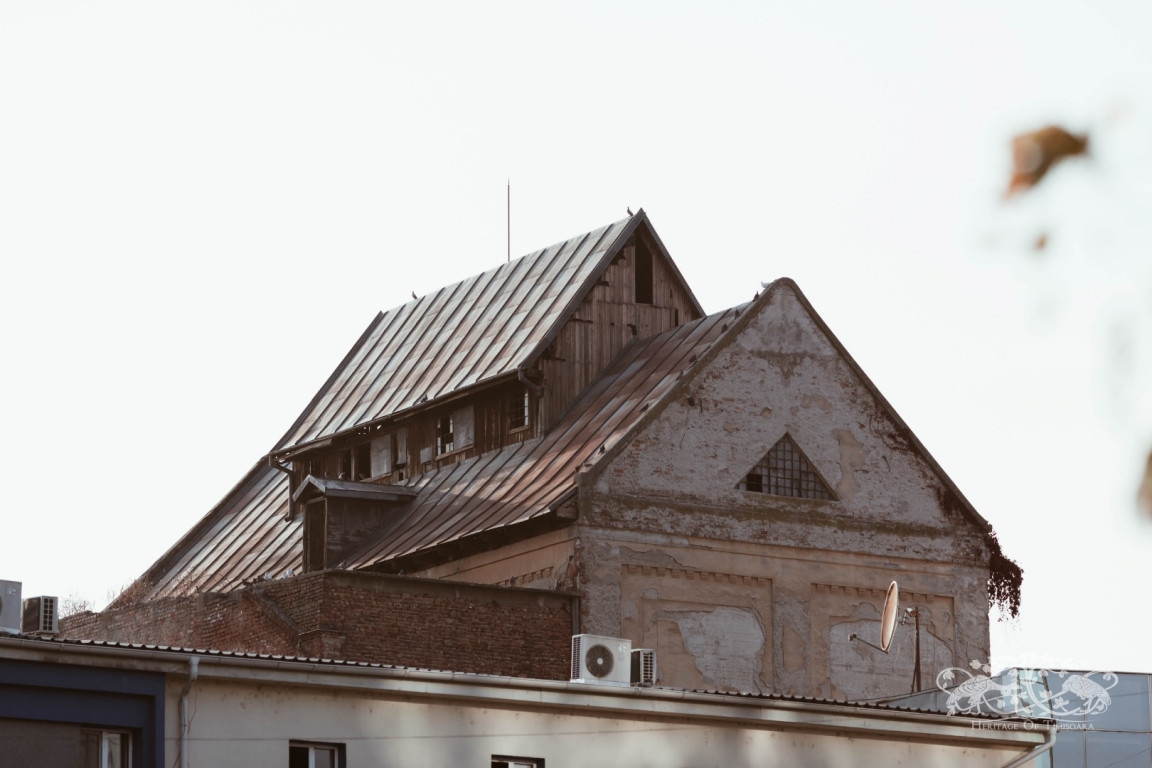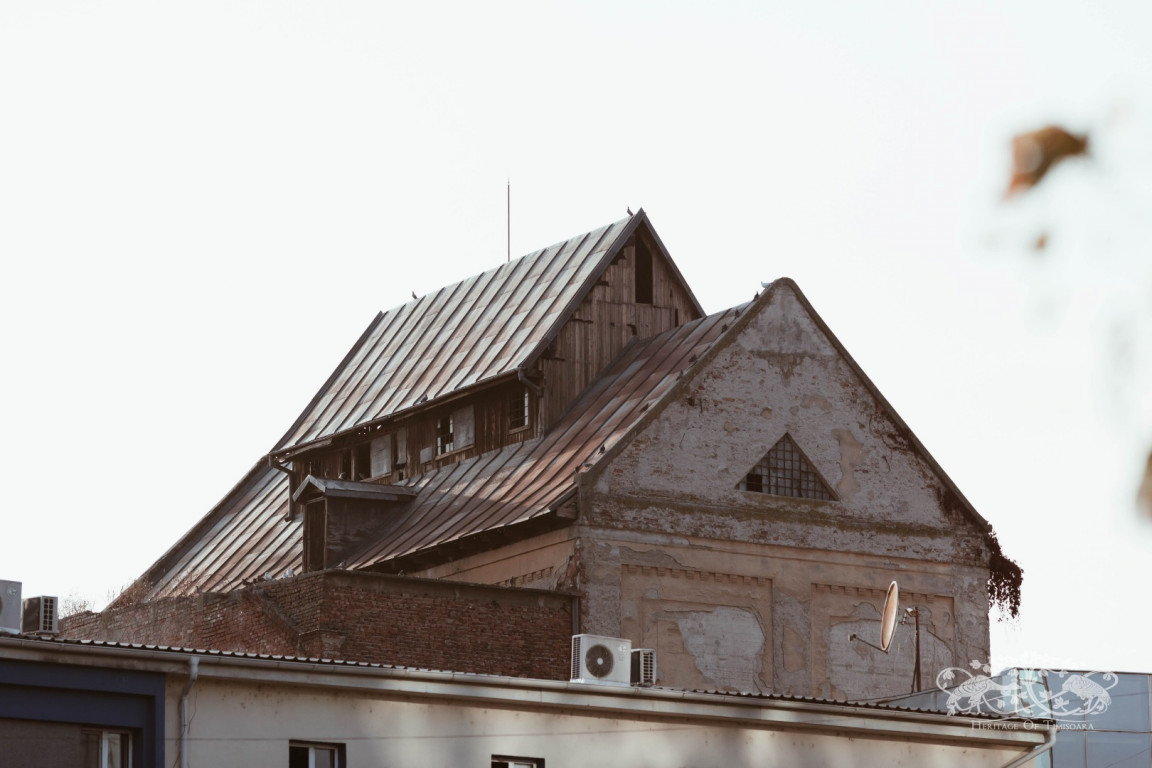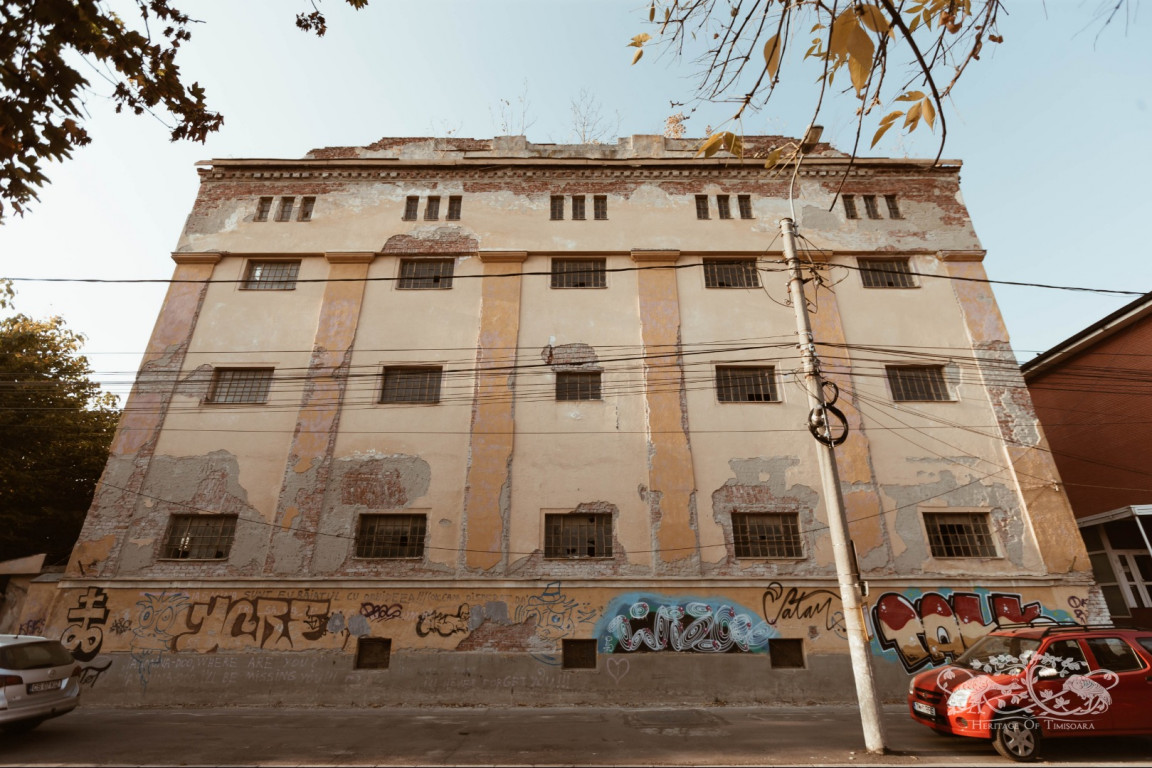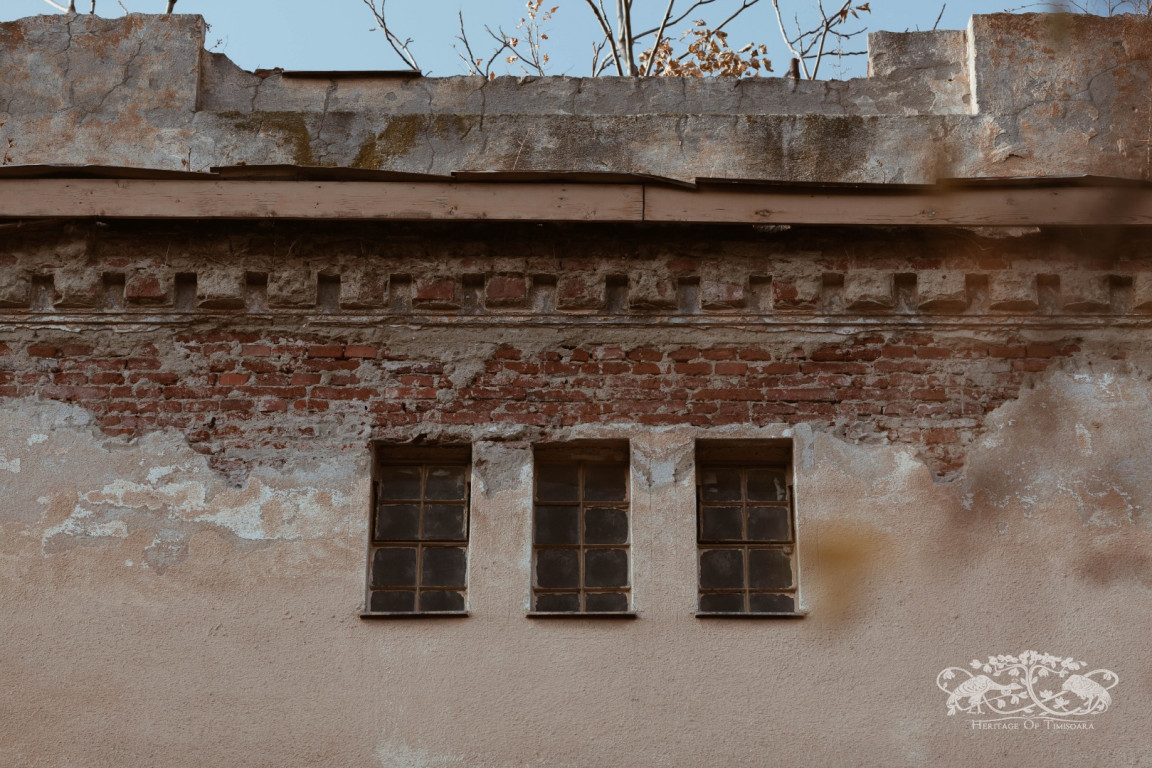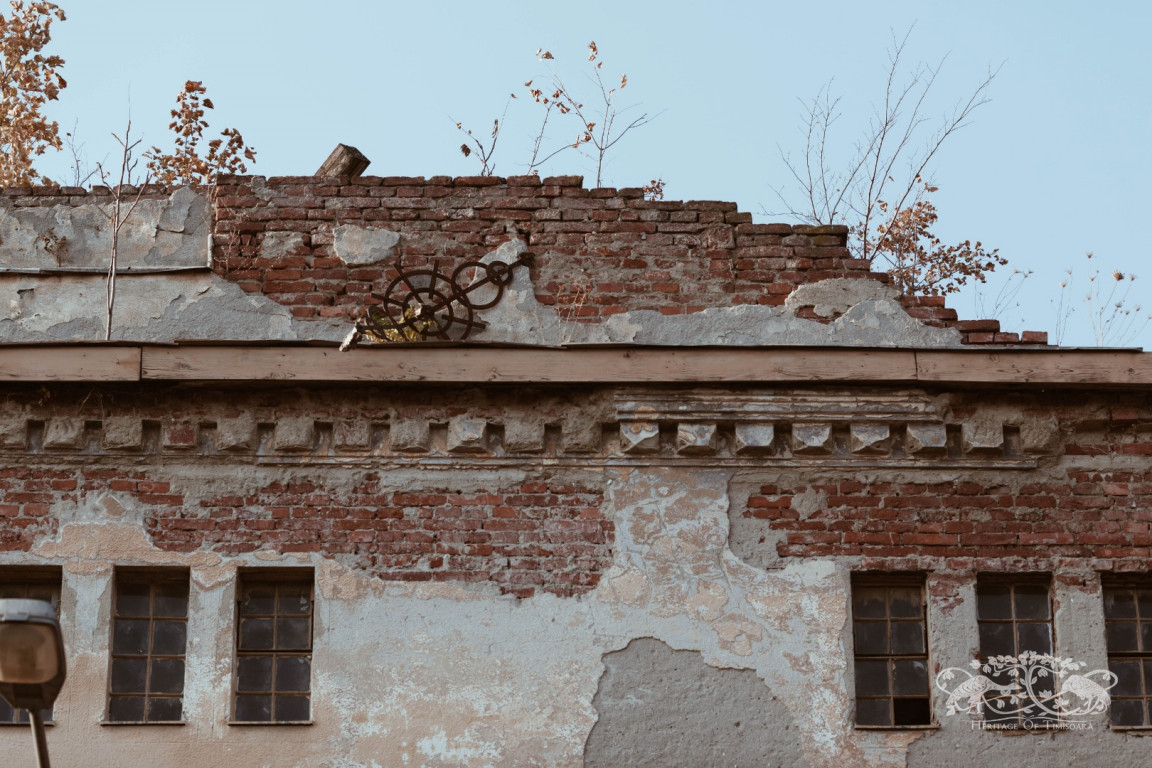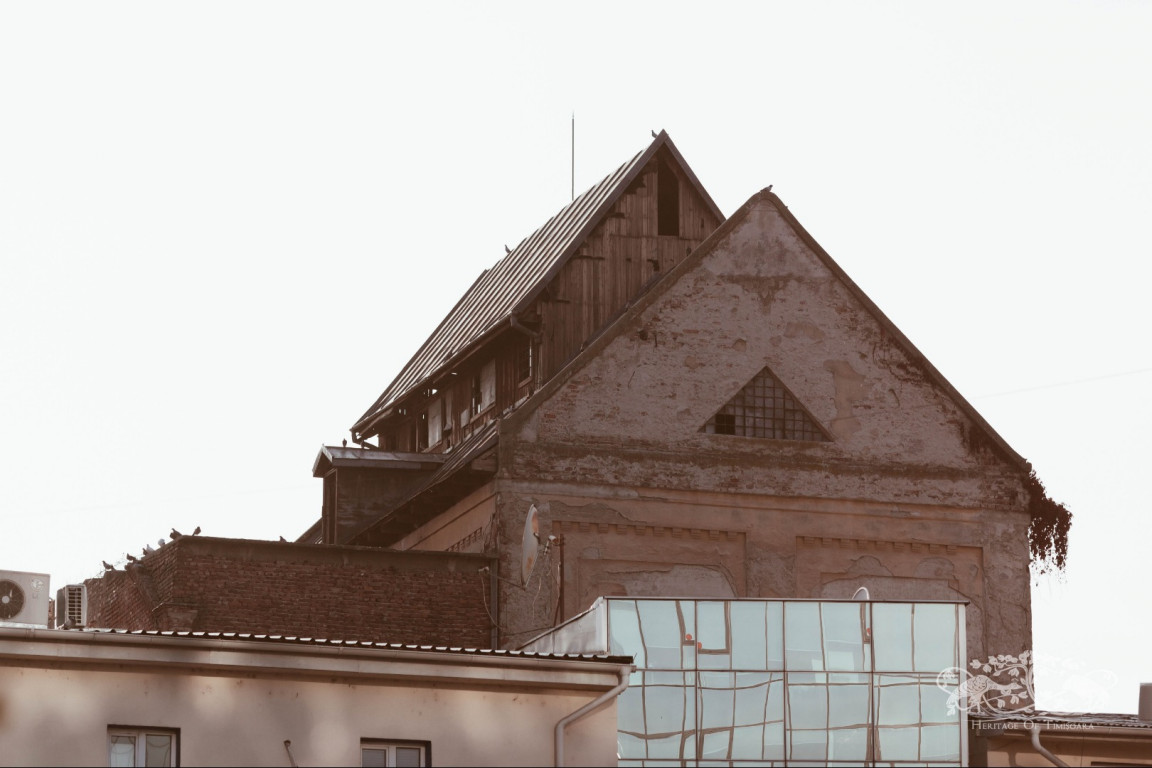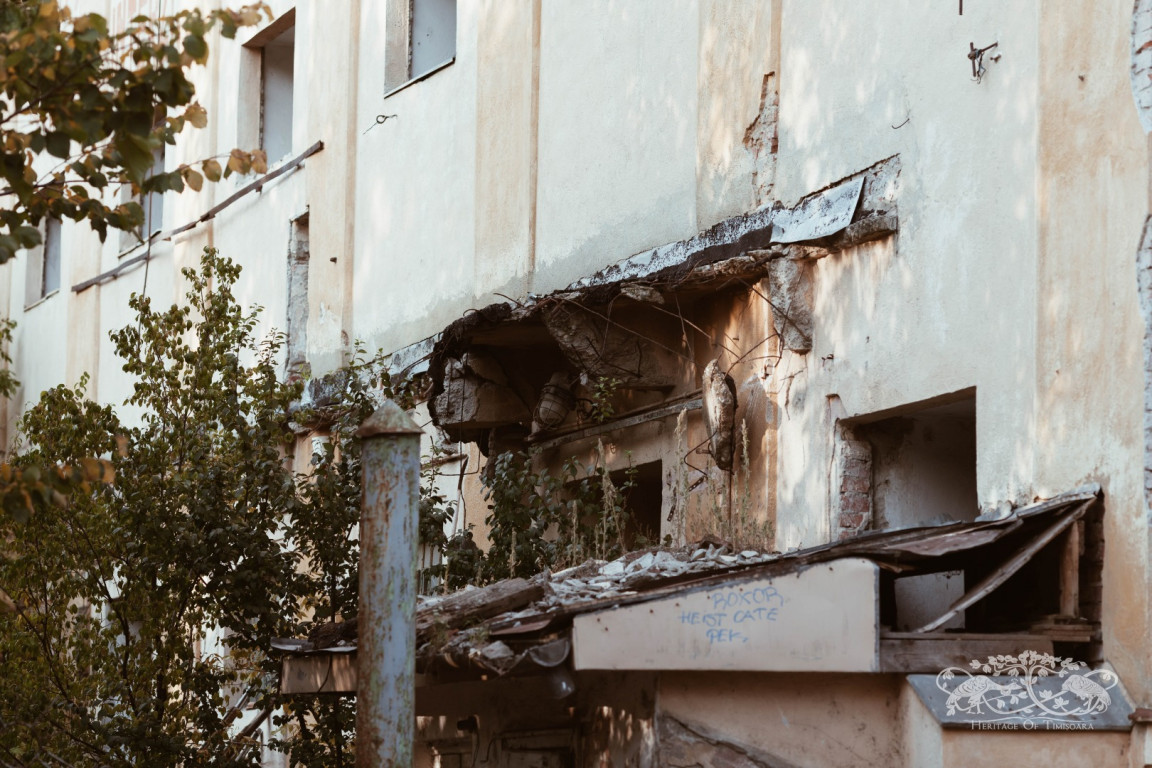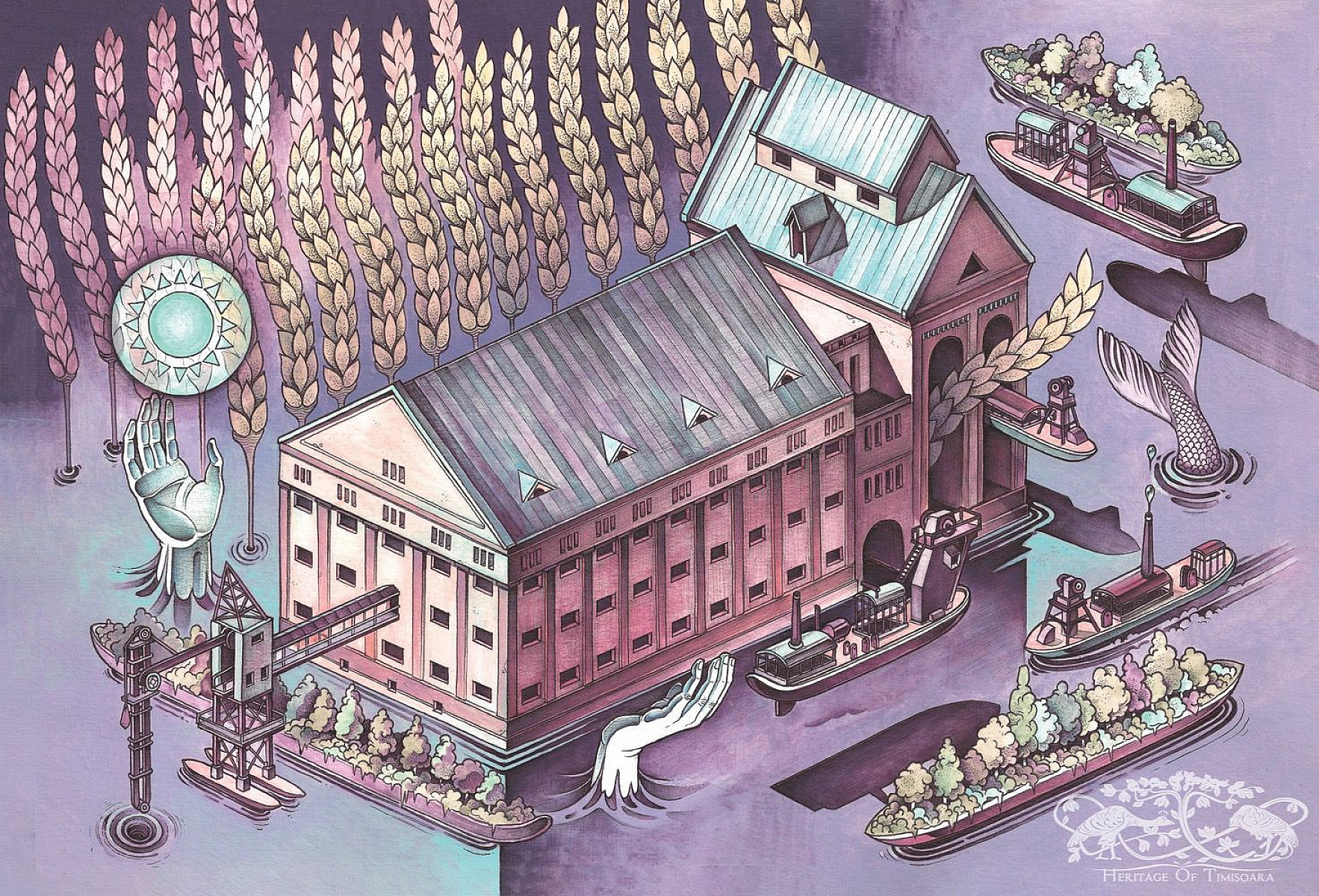The right shore of Bega has had an industrial character, with numerous factories, workshops and mills located here. Among them was Prohaska Mill (also known as the Timișoara Mechanical Mill). Its story starts in 1869, when the Banat Society of Steam Mills decided to build a new mill.
Between 1880 and 1908, the aforementioned mill functioned as a branch of Elisabeta Mill in Budapest, during which period is was known simply as Elisabeta Mill. In 1909, Eduard Prohaska Jr., the son of the much regretted Eduard Prohaska Sr., bought and enlarged the mill, supplied it with a two storey storehouse and connected it to the railway station with a 1 km long railway. At that time, at the beginning of the 20th century, the mill was working with steam and electric power of about 900 horsepower. It had 300 workers, 45 officials and produced 600,000 quintals of flour and fodder a year. Looking at pictures of the mill from that time, we can get an idea of what the whole area looked like.
During the Second World War, the mill was strongly bombarded, permanently losing its western wing. Around the 1960s, two blocks of flats have been erected on this land, which can be seen today.
Prohaska was a very wealthy family, who had several businesses in Banat. At the beginning of the 20th century, the family lived in one of the palaces of the current Romanilor Square, in the Fabric district of Timisoara.
Subject to real estate speculations, unfortunately, today, the Prohaska Mill is completely abandoned, in an advanced state of decay.
